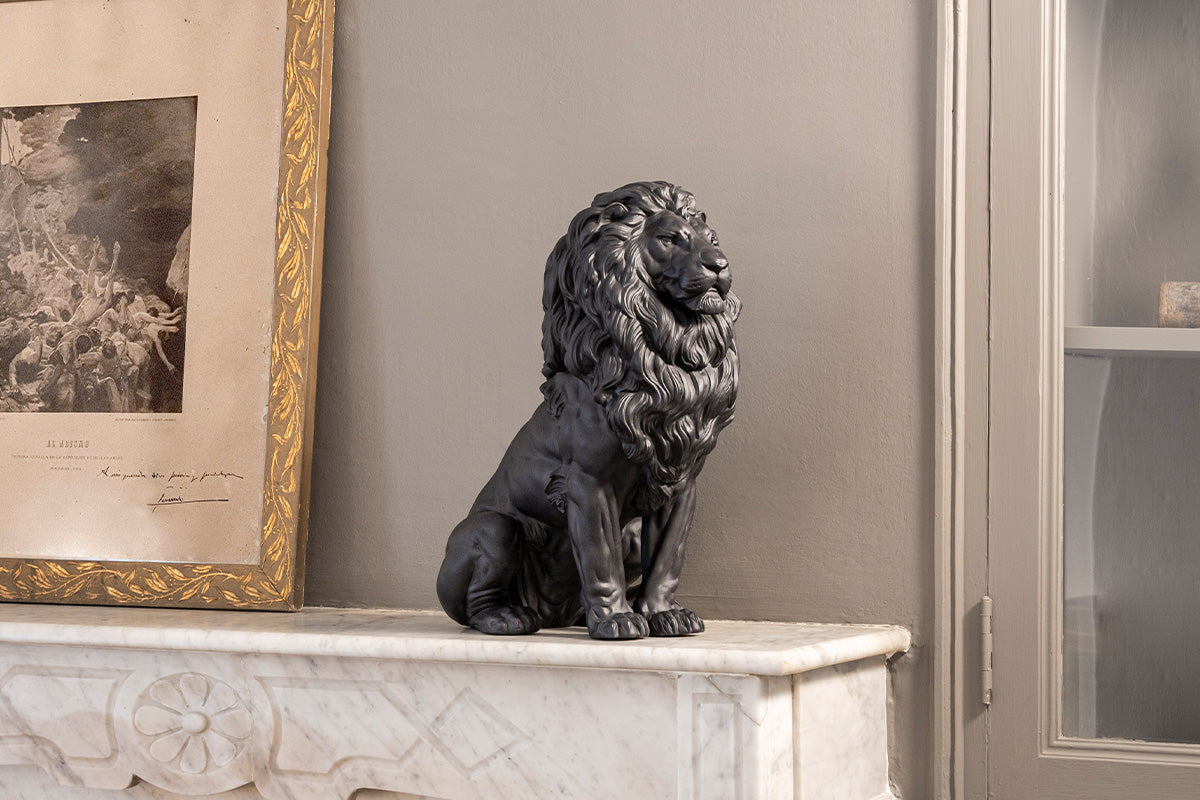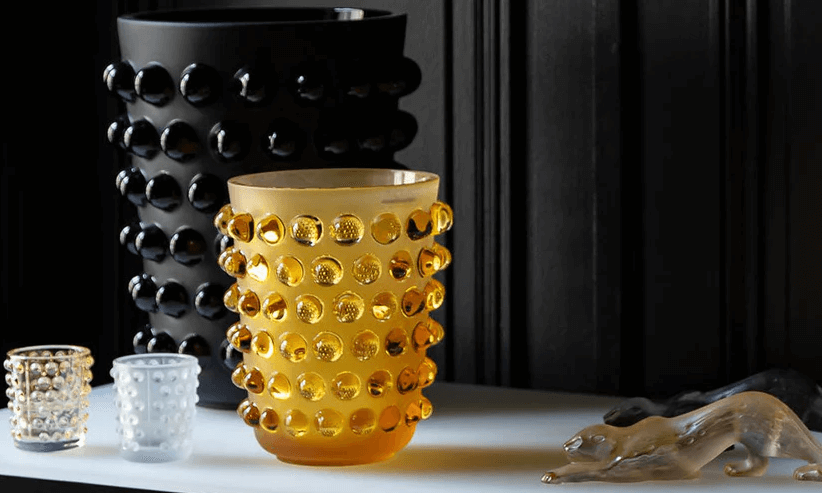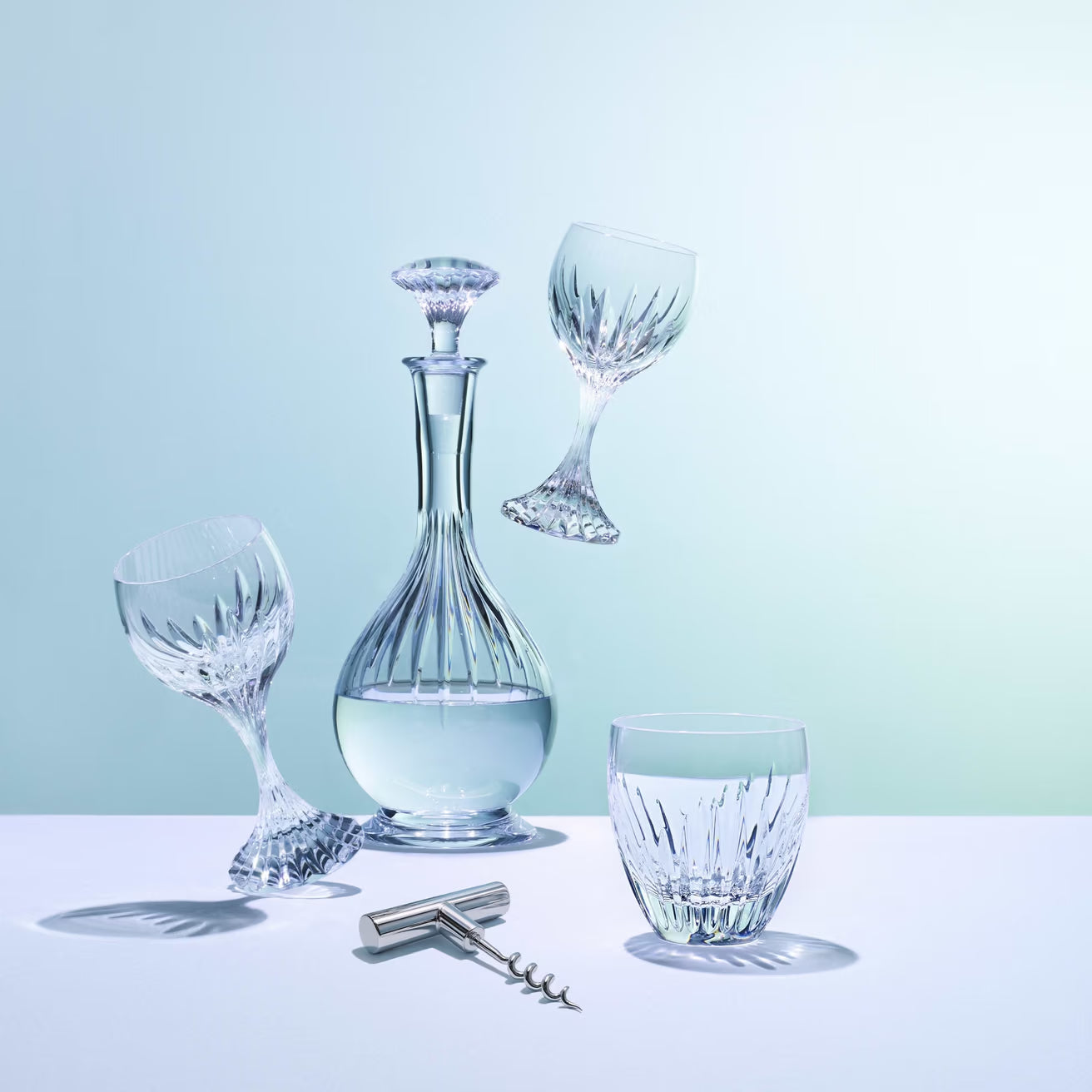Lladró Sculptor Series: Francisco Polope Brings Technique to Life
Tagged with:Meet the Designer
Share
The common link of Lladró’s High Porcelain show-stopping pieces such as the Winged Fantasy, Protective Dragon and Bacchante on a Panther is a very skilled sculptor, the rarely interviewed, Francisco Polope. Born in 1957, Mr. Polope has been at Lladró for close to 50 years, slowly rising in the ranks from Lladró’s own Professional Training School, where he enrolled in 1972, and worked in many departments before becoming an official Lladró sculptor in 1981, and have now been a Lladró sculptor for nearly 40 years.

We had the privilege of interviewing Mr. Polope and discussing his creative process and some behind-the-scenes exclusives on how Lladró pieces are brought to life.
ON AVERAGE, HOW MUCH TIME DO YOU INVEST IN A PIECE, FROM THE INITIAL CONCEPT TO ITS MANUFACTURING?
It depends on the complexity and the subject matter, and on the number of fragments involved. If there is a clear idea on what we are trying to make, a Disney character like Cinderella would be much simpler to create as there are reference points so what we need to do is create a likeness and express the core personality of the character. It’s mostly working with the Disney team in what they consider to be the most important parts of the character. On the sculpting side of things, it is getting the scale and proportion right, the colours and most importantly, the expressions. People have loved and seen so many versions of these famed Disney characters, we want to make sure we make the very best rendition that brings them to life.
The imposing protectice duo - Lladró’s Guardian Lion and Lioness Sculpture Set, Red Limited Edition have an astounding presence due to Polope's detailed touch.
For instance, in some High Porcelain pieces, it may take up to two years to develop the piece, from the approval of the sketch to its launch. It might seem like a long time to work on a piece, but instead it’s a much enjoyable process. As a creative, the High Porcelain pieces are ones in which we get to explore and try to test the limits of what we thought was possible to make. Even with the advancements in production and technology, making porcelain is still a very finicky process and there are still parts of production in which is unpredictable, such as the firing process. It’s really a trial and error process to get it right.
WHAT IS THE FIRST STEP IN THE ARTISTIC PROCESS?

I start by making a sketch, which I then submit to the Director of Creativity for approval. Once approved, I make a plasticine version of the piece at full size with all the details. This is presented to the Production Committee who will try and test if there are any potential problems that may arise during the production process.
Once the plasticine model is finalised it next goes to the Technical Department where the piece is fragmented, transferred to plaster and the fragments assembled. Then it is taken back to me, and I’ll finalise the final touch to the piece in plaster. Then together with my team, we study the decoration of the piece. It helps to see the new Lladró piece with fresh new eyes, these final tweaks make a big difference to the presence and first impression of a piece.
HOW DO YOU REMAIN FAITHFUL TO THE INITIAL DESIGN, AS IN THE CASE OF CINDERELLA’S ARRIVAL, AND AT THE SAME TIME CREATE AN ORIGINAL PIECE ABLE TO CAPTURE THE ESSENCE OF LLADRÓ?
Luckily for me, Lladró has a huge archive of retired pieces and being part of the process of making so many pieces, it becomes innate. It does help that most of my colleagues and the team at Lladró have life long tenures at the company, so being able to discuss, work and cross-check with them is key for us to continue to create a distinctive style that is undeniably Lladró.
When we started creating more modern pieces and High Porcelain pieces, we do have defined characteristics that we want each to have, a defined style and personality, so we are essentially creating new associations for the brand and ensuring we have these in every piece that we create that falls under these new categories. It is important for us to honour not just our heritage pieces, but also the collectors that have been ever supportive of our new initiatives.

HOW DO YOU CREATE EMOTION IN THE EYES OF INANIMATE PORCELAIN PIECES, LIKE GUARDIAN LION OR PROTECTIVE DRAGON?
It does take time to learn how to do this. There’s no way to fast-track the mastery process. Basically it’s hours and hours of training and practice. The 10000 hours rule certainly rings true here. After time, there’s something that just clicks and it becomes very simple. As with anything else, something that can be achieved simply with just a few dashes of paint and a flick of a wrist, is the hardest thing to master. We have a team at Lladró that just finishes the expressions on every piece. They don’t do the flowers or anything else, just the expressions.
In creating a piece, this is an essential component to get it right early on. I try to find the best expression in the eyes and the right posture because it has to match the expression. There’s no point perfecting the expression if the body language says something else. It all has to make sense. Once a piece moves into production, I teach the Expressions Team on the key points of the expression. We do check and supervise when they are making the first few sets of a new release, and after that they’ll pretty much understand the expressive nuances of the new piece.
HOW DO YOU ACHIEVE A SENSE OF PRESENCE IN A WORK?
It’s not easy to explain how to achieve presence in a porcelain piece. Each piece has to be created with a good form and balanced decoration to achieve presence in a sculpture. Subtlety and finesse is important, that there’s not one thing that sticks out like a sore thumb, but at the same time there’s a focal point that draws the eye.
For example, with the Protective Dragon, with such a strong name and concept for this piece, I needed to create something that is fiercer that what we would normally create at Lladró to make it culturally right. I had to do a lot of research on what is required for this piece, and what I have creative license to change. The piece really looks you right in the eye, and this is important, to protect you, the Dragon needs to face any threat head on, so with just a glance, the threat might have second thoughts of even trying. This full frontal stance in itself is very strong and commanding, with his eyes fully open and looking straight ahead.
Click here to read about the importance of eye contact in art.
WHAT WAS THE MORE COMPLEX PART OF MAKING WINGED FANTASY?
The painting process of Lladró’s Winged Fantasy
The size and scale of the Winged Fantasy is larger than even other High Porcelain pieces, so making this piece was technically complex. Every part has its complications, although I would say that the wings were the most difficult to do. To balance so much weight in both the wet clay when the piece is being made was something we had to work on for a while. When it is fully baked and set, porcelain is strong, but in its unbaked form, it doesn’t have the same strength.
I had to get the proportion and size of the wings right, and also have a balance in how ornate the piece should be decorated. Here I gave free rein to my fantasy and imagination, trying different forms, postures and ornamentation before finalising the piece as we see today.
WHAT IS THE DIFFERENCE BETWEEN CREATING A HIGH PORCELAIN PIECE AND A REGULAR LLADRÓ PIECE?
Creating a High Porcelain piece is really liberating as a sculptor. We really push the boundaries of what can be achieved in porcelain. High Porcelain pieces are larger, and that gives us a bigger canvas to play around with, to add more decoration without being too overwhelming. This is where we show the full capability of the Lladró’s artisanal skills. I have no boundary to how much work and time goes into a piece, and that is an amazing privilege as a creative. From making the High Porcelain pieces, we also discover and try new glazes, colours, decoration, finishes and these new technical and aesthetic discoveries flow into the regular Lladró collection. Sometimes we discover new production or technical capabilities from making a High Porcelain piece and that helps us expand our understanding of porcelain and what we can do with the material.
Making a regular Lladró piece is slightly different. Whilst the creation process is similar, I do need to think about getting it to end up at a certain price range so it remains accessible. We want the regular person being able to own and enjoy a piece of Lladró, so we have pieces at quite a wide range of decoration, style and price point. With these I ensure that every aesthetic addition is absolutely essential to the piece so no addition is superfluous.
HOW DO YOU CREATE A PIECE THAT RESONATES WORLDWIDE AND CAN BE EQUALLY APPRECIATED BY DIFFERENT CULTURES AROUND THE GLOBE?

WHAT DO CRANES REPRESENT TO YOU?
After making so many different pieces I find that there are actually more similarities and parallels between the cultures than what people think. Some pieces do reference or is strongly associate with specific cultures, but there are common threads that actually resonate within the wider audience. For example when I made the Flock of Cranes piece, we based that piece on the Red-headed Crane, which is one of the rarest Cranes in the world, a large magnificent bird. It’s mostly known in Japan and it is very popular there. However, I looked further into it, and in fact, the bird’s habitat ranges as far as Mongolia and Russia. One of the popular war songs in Russia is “Cranes” and it is the symbol of soldiers that died in World War II. It represents something completely different to the Japanese, Chinese and Koreans, where the Cranes is a symbol of luck, longevity and monogamy.
With pieces like this each person identifies something different in it. It brings out their own cultural understandings and representations. Art is meant to be enjoyed that way anyway. It’s in the eye of the beholder and brings out a different set of connotations and meanings for different people. We try our best to be sensitive to the cultural nuances of each piece but other than the religious pieces or licensed pieces where we have to be very careful about, there is artistic license for the rest of the pieces we create.
If you enjoyed this article, read other pieces in the Lladró Sculptor Series, and subscribe to our newsletter to be sent weekly updates on our new articles.
Click below to read about:





